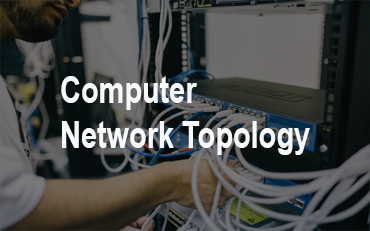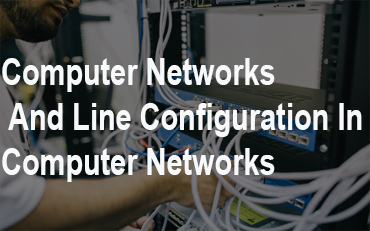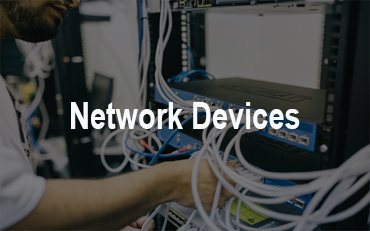Introducing Network Protocols
Network Protocols is a set of rules which helps computer for communication with other device.
There are number of Network Protocols available.some of the most popular protocols is mention below
Network Protocols
TFTP (Trivial File Transfer Protocol) : It is File Transfer Protocol which allows a client to get a file from or put a file onto a remote host
SMTP (Simple Mail Transfer Protocol) : This protocol used in sending and receiving e-mail.
ICMP (The Internet Control Message Protocol) : It is used by network devices, including routers, to send error messages and operational information
TCP (Transmission Control Protocol) is a standard that defines how to establish and maintain a network conversation via which application programs can exchange data
UDP (User Datagram Protocol) is an alternative communications protocol to Transmission Control Protocol (TCP) used primarily for establishing low-latency and loss tolerating connections between applications on the Internet.
ARP (Address Resolution Protocol) is a protocol for mapping an Internet Protocol address (IP address) to a physical machine address that is recognized in the local network
RARP (Reverse Address Resolution Protocol) protocol is used to translate hardware interface addresses to protocol addresses
Network File System is a protocol that allowing a user on a client computer to access files over a computer network much like local storage is accessed
TCP/IP (Transmission Control Protocol/ Internet Protocol)
IP specifies the format of packets and the addressing scheme. This protocol uses the IP address for sending and receiving data.
IPX/SPX (NWLink) : Internetwork Packet Exchange/ Sequenced Packet Exchange Used by Novell as their protocol for their network application NetWare.
PPP (Point-to-Point Protocol ) :This protocol is used tomanage network communications over a WAN.
NFS Network File Services : Allows the network device to access network drives .
| TCP | UDP |
|---|---|
| Layer 4 Protocol | Layer 4 Protocol |
| Connection Oriented Protocol | Connection Less Protocol |
| Not Supporting Broadcast | Supports Broadcast |
| Not Supporting Multicast | Not Supporting Multicast |
| Error Control | No Error Control |
| Flow Control | No Flow Control |
| Full Duplex Support | NA |
| TCP Packet Segment | UDP Packet Datagram |
| Service Name | Port Number |
|---|---|
| Domain Name Service (DNS) | 53 |
| Web (HTTP) | 80 |
| Secure Web SSL (HTTPS) | 443 |
| Simple Mail Transport (SMTP) | 25 |
| Post Office Protocol (POP) | 109.110 |
| Simple Network Management (SNMP) | 161,162 |
| Telnet Terminal (TELNET) | 23 |
| File Transfer Protocol (FTP) | 20,21 |
| Secure Shell Terminal (SSH) | 22 |
| Apple File Protocol/IP (AFP IP) | 447,548 |
You May Also Enjoy Reading This …



